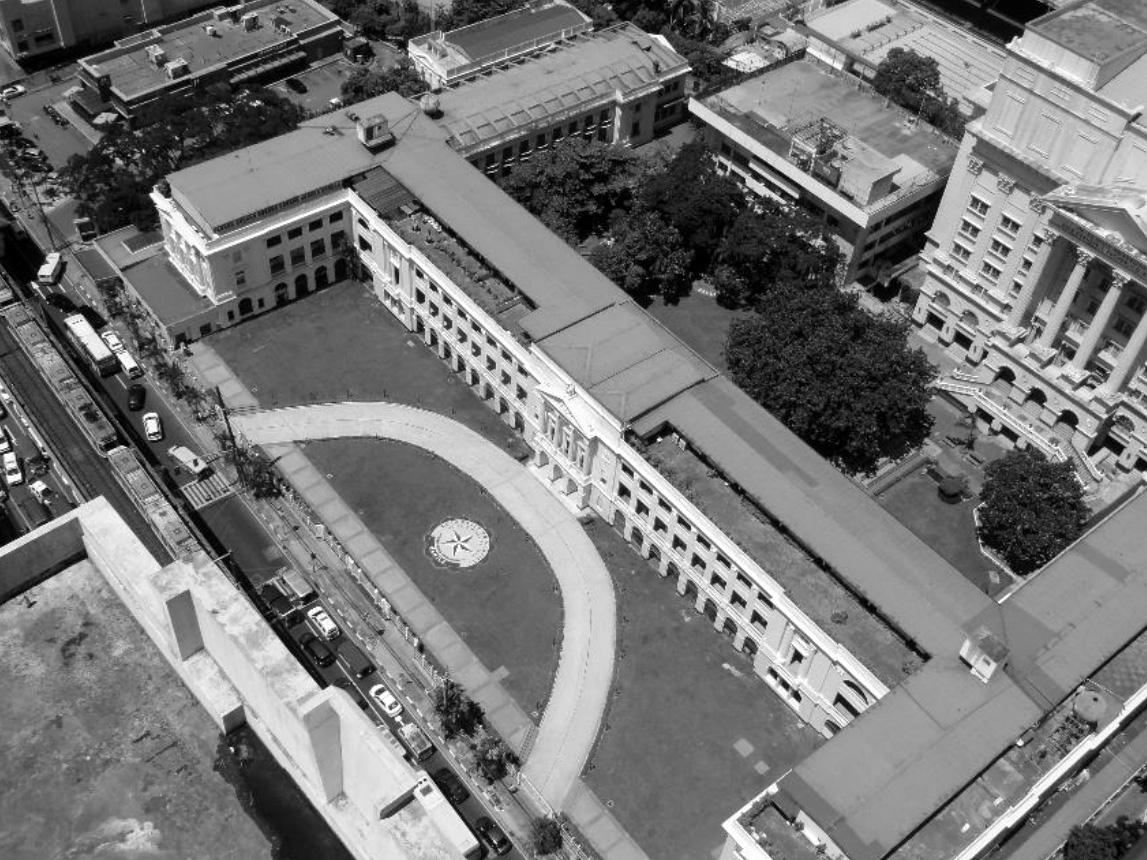By Bernie V. Lopez
As seen on the September issue of The Philippine Sentinel

When De La Salle University in Taft Avenue Manila had a financial crisis, it turned to its wealthy alumni for help. The alumni infused millions. But guess who took over management of the school?
The Brothers who had the mission became less influential than the entrepreneurs who had business policies to keep the school above water. The financial aspect became the survival priority.
When schools veer from the goal of education toward business, there must be a balance, otherwise our youth and their parents become victims of unaffordable matriculation fees.

Why has tuition spiralled?
As a business, schools have somehow the tendency to make tuition higher. Air-conditioned classrooms, high-end equipment, tons of computers, better sports facilities. There is a wide grey area between “very important” and “not needed.” Thus, tuition has quadrupled in the last few decades, not just because of inflation.
A few years ago, the Iranians sent their kids to schools in Manila. At one time, there were about 6,000. Today, they are only about 500. Tomorrow, there will be zero. Tuition fees in the Philippines somehow spiralled above those of other Asian Third World nations, because the mission is lost.
When the University of the Philippines in Diliman Quezon City was subsidized by the government for decades, bright provincial students were around.
Suddenly, in one year, tuition increased threefold because of financial problems. The poor students protested in vain. UP Diliman became a school for the rich due to its need for financial survival. There is no excuse, because there were sudden windfall profits from land sold or rented out to malls.
UP Diliman today can actually lower tuition accordingly, but profitability is irreversible. Who will fight for the bright but poor students? Tell that to the marines.
Slowly, we have inadvertently built schools catering to the rich, yet we say the youth have a right to education. How? The poor students who make up 90 percent are relegated to poor-quality schools, while the rich who make up 10 percent get the much bigger slice of the pie.
A Grade 3 student from Ateneo de Manila speaks and writes better English than a fourth-year high school student from Surigao City.
We need an education czar very badly to move mountains for our youth. Ω
━ eastwindreplycenter@gmail.com